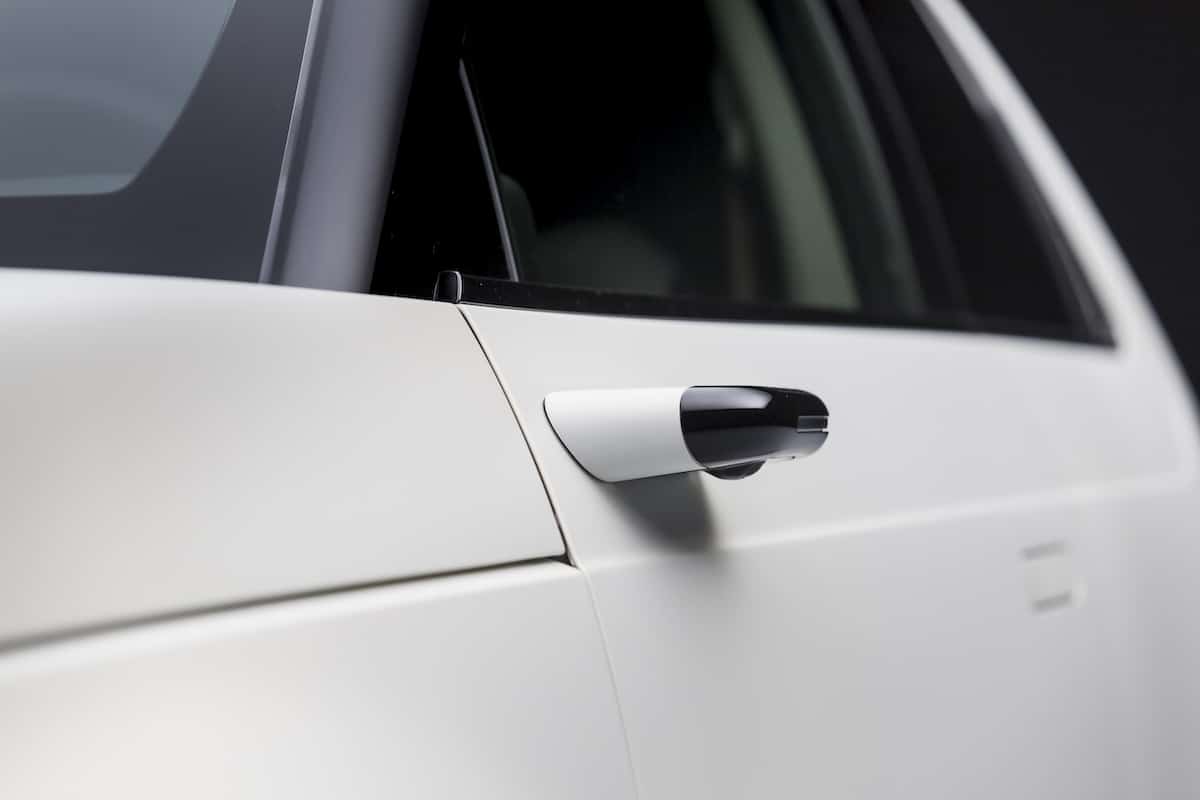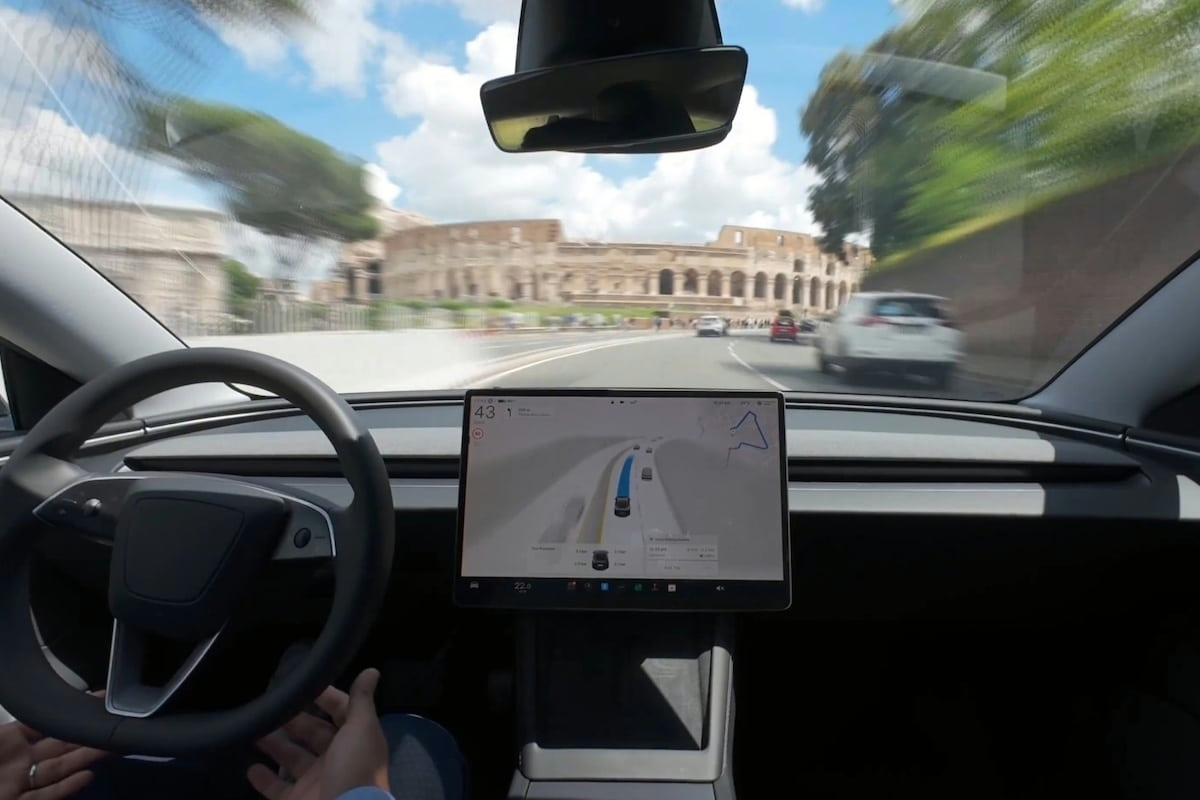Camera rearview mirrors: why aren’t they becoming widespread?

Between technological excess, energy efficiency, and costs passed on to the customer, the exercise is not simple for camera mirrors.
What would you like to start with? Maybe with the most interesting aspect, which is the gain in range for an electric car. The only manufacturer that provided a figure is Audi, which at the time of the introduction (optional at 1600 euros) on its Q8, claimed a 1.5% energy gain.
Sure, every little bit helps, but let’s say it outright: the gain is anecdotal. Compared to a Tesla Model Y Propulsion for example, as it is very popular and therefore relatable to everyone, the theoretical range would increase from 455 to 461.5 km, a monumental jump of 6.5 km!
The same goes for a Renault Scenic E-Tech starting with 430 km: it would rise at best to 436.4 km. One could say that 6 km gained with the mirrors, 2 or 3 with the wheel covers, 10 with the heat pump, 25 with better footprint tires, etc., would add up to a more impressive final figure. But manufacturers, and customers, remain pragmatic.

And how is it in use?
This is another problem: the integration of screens onboard has not yet been thought through sufficiently. By habit, the locations for the digital replicas of the mirrors are placed in the A-pillars, but often with a visibility issue.
The human eye also struggles to distinguish the image details in an instant, which sometimes requires multiple glances, thus causing distractions from the road.
Finally, there is the purchase cost… and the replacement cost in case of an accident. Ultimately, camera mirrors are more akin to marketing gadgets for manufacturers. However, this is less true for trucks, where physical mirrors are much larger and less aerodynamic. Their total mileage is also significantly greater, often exceeding a million kilometers.
Again, Mercedes cites a fuel consumption gain of 1.5%… but the base calculation is different. A semi-truck consumes about 35 liters of diesel per 100 km, resulting in a fuel savings of 5250 liters over a million kilometers traveled. In terms of costs, this translates to savings of about 7875 euros, which more than offsets the technological surplus. When multiplied by a full fleet of trucks, the savings become much more concrete.
ALSO READ: Tesla Model Y 2025: makeover workshop?
This page is translated from the original post "Rétroviseurs caméra : pourquoi ne se démocratisent-ils pas ?" in French.
We also suggestthese articles:
Also read






